Frequently Asked Questions
Asbestos refers to six naturally occurring fibrous minerals that have the ability to resist heat, fire and electricity. Although asbestos fibers are microscopic in nature, they are extremely durable and resistant to fire and most chemical reactions and breakdowns. These properties of asbestos supported its use for many years in a number of different commercial and industrial settings, as well as in a wide range of consumer products. Although its use has diminished in recent decades, there are still many products that contain asbestos, especially in older homes, schools, and public buildings.
What are some examples of materials that contain asbestos?
Until an asbestos building inspection has been conducted, asbestos is presumed to be present in almost all building materials. This includes, but is not limited to, pipe insulation (including the wrap on fiberglass insulation), spray-on fireproofing, floor tile, ceiling tile, duct wrap, hard and soft plaster, drywall joint compound, ceramic tile bedding compound, glazing and caulks, light reflector paper, mastics, vermiculite insulation (in exterior walls and attics) and roofing materials. For more information on asbestos and asbestos products, see the EPA asbestos home page.
The regulations typically require that notifications be submitted to the appropriate government agencies before the work begins. There is often a fee that must be paid to a state or local government agency. There are stringent requirements regarding work practices, waste disposal, and recordkeeping.
Asbestos is a known carcinogen and breathing in asbestos fibers can cause asbestosis, lung cancer and mesothelioma. The risk of contracting these diseases increases with the number of fibers inhaled, and the risk of lung cancer from inhaling asbestos fibers is also greater if you smoke.
The only way to be sure whether a material contains asbestos is to have it tested by a qualified laboratory. EPA only recommends testing suspect materials if they are damaged (fraying, crumbling) or if you are planning a renovation that would disturb the suspect material. Samples should be taken by a properly trained and accredited asbestos building inspector.
In most instances, you may remain in your home, but for your own safety, and per local agency regulations, you cannot be within the containment area where the work is being performed.
The Environmental Protection Agency (EPA) National Emission Standards for Hazardous Air Pollutants (NESHAP) requires that you perform a survey to determine the presence of asbestos in your building before doing a renovation or demolition. You must also notify before you start such a project. In Washington you must notify the Washington Department of State Health Services. Washington also has rules that pertain to public buildings that require similar notification as the NESHAP and further requirements such as licensed persons to perform the survey and to remove the asbestos.
If you live in and own the home, you may take your own samples for the purposes of getting them tested for asbestos containing materials. However, if you own the house, but rent it to someone else, or if you own it and share it with someone else, you are not legally allowed to take your own samples. And even if you are the homeowner and living in the home, it’s not recommended that you take your own samples. Asbestos fibers could be released into the air without you noticing. It’s best to hire an AHERA certified building inspector to take the samples for you and get it to the laboratory for testing.
Unless you are an AHERA certified abatement contractor, you should never attempt to remove asbestos yourself. It’s best to call a licensed and experienced professional like Tacoma Abatement Company to safely remove the asbestos-containing materials from your property.
Yes! Call us today to schedule a walkthrough.
Due to the variations in the scope of work, we can rarely give quotes sight unseen. It’s best to schedule a time for us to walk the job and look at the entire space in order to give an accurate quote. The costs associated with asbestos removal can vary based on the size of the project, the amount of asbestos being removed, and the time required to perform the removal. Costs should include labor, air monitoring and waste disposal. The cost can be higher or lower based on how complicated the project is. We have an $800 minimum.
Whether you are going through your insurance company or working with us directly, we can accommodate. We have vast experience working with the insurance industry. We accept checks or credit cards. The size or length of the project may require a 50% down payment.
We serve all of Washington state. Contact us to discuss.
Most jobs require a 10 to 14 day waiting period after the notification has been filed with either Puget Sound Clean Air Agency or Olympic Region Clean Air Agency. Emergency jobs or small jobs (less than 48 SF) can usually be scheduled sooner than this if our schedule allows. Please contact our office for more information.
Click on our Other Resources tab to learn more.



